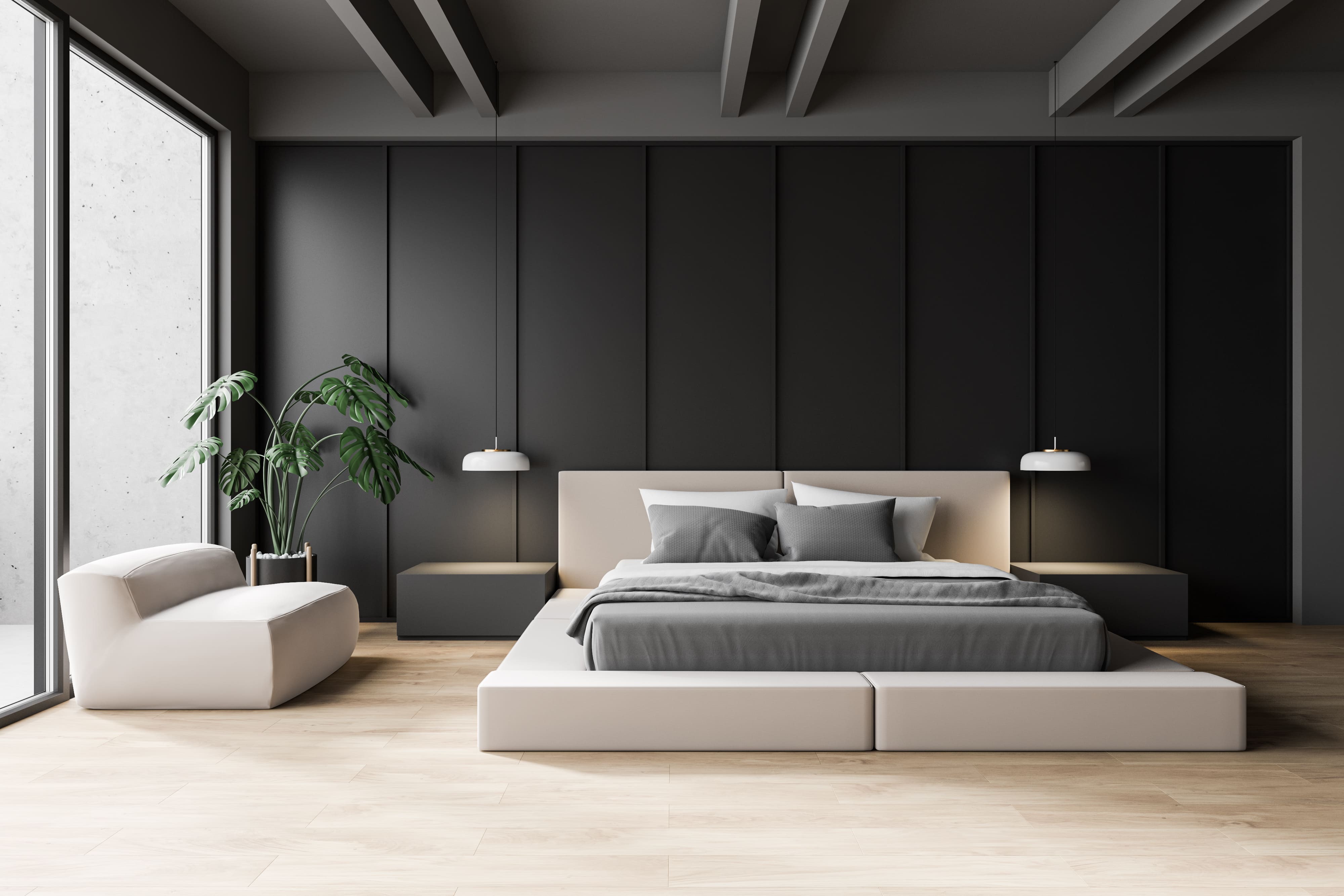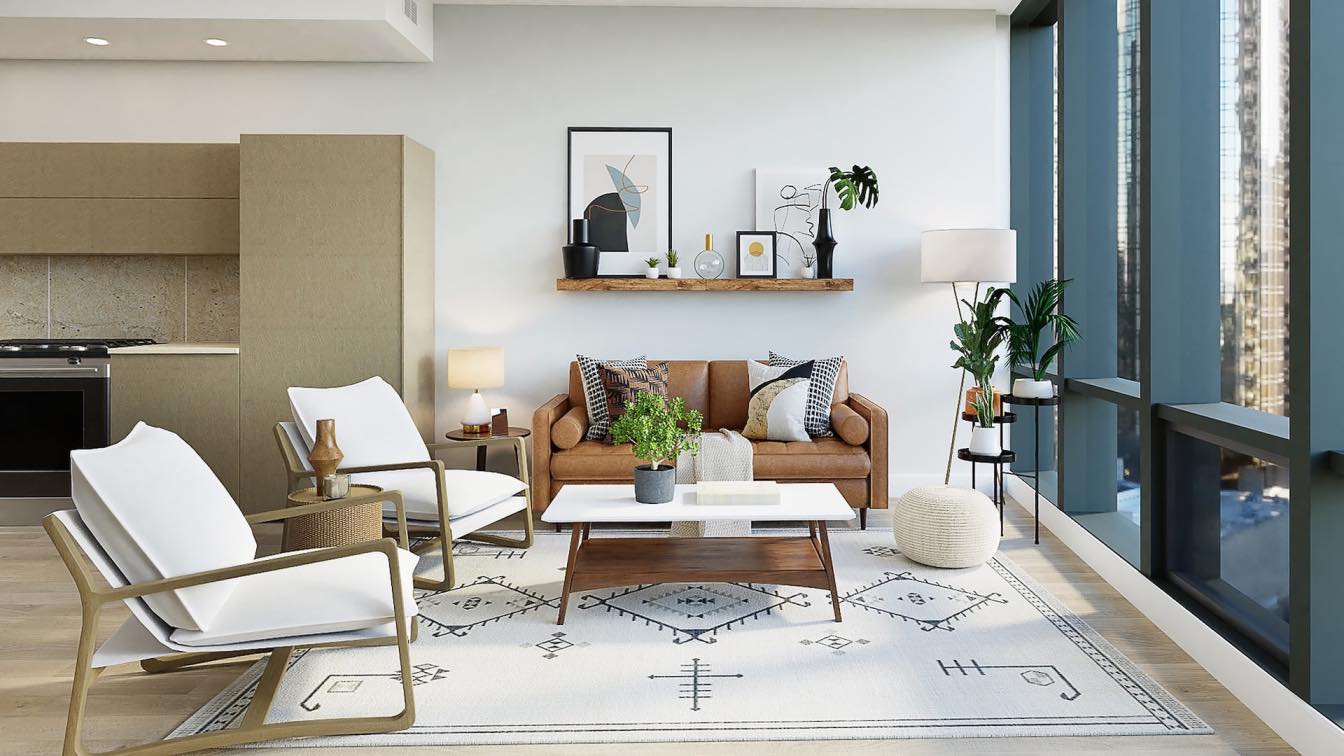Your Desire Home Waits For: Selecting an Interior Designer Miami
Your Desire Home Waits For: Selecting an Interior Designer Miami
Blog Article
Why Understanding the Principles of Interior Decoration Is Essential for Effective Area Planning
Comprehending the concepts of interior decoration is essential to reliable area planning, as it prepares for developing atmospheres that integrate performance with visual appeal. Necessary elements such as percentage, flow, and equilibrium are not merely attractive factors to consider; they are essential in enhancing just how a space is used. When these concepts are attentively used, the result is an ambience that encourages both efficiency and health. Numerous neglect exactly how these principles link with sensible applications, leading to missed out on opportunities in design efficiency. Exploring this connection discloses insights that could change any kind of room.
Significance of Space Preparation
Room planning is a fundamental aspect of indoor style that substantially influences the functionality and aesthetic appeals of a space. It involves the critical setup of furniture, components, and building elements to maximize making use of available room while improving the overall customer experience. Efficient space planning addresses various factors, consisting of circulation, availability, and the particular demands of the passengers.
One of the key benefits of room planning is its ability to enhance spatial efficiency. Interior architecture Miami. By thoughtfully organizing a design, designers can make certain that every area offers a function, decreasing clutter and advertising a feeling of order. Furthermore, correct area preparation cultivates an unified environment, permitting smooth motion and communication within an area
Furthermore, effective space planning thinks about natural light, sightlines, and the connection in between various areas. This alternative approach not just elevates the visual appeal yet also adds to the wellness and performance of the owners. Ultimately, a well-executed room plan is crucial in creating a well balanced and welcoming environment, making it necessary for any kind of interior decoration project.
Secret Principles of Interior Decoration

One basic principle is equilibrium, which can be balanced, asymmetrical, or radial. In proportion equilibrium develops a sense of order, while unbalanced balance offers a more vibrant visual charm. Another critical principle is percentage and range, ensuring that the dimension of furniture and decor aspects associate sympathetically to every various other and the total room.
Shade concept likewise plays a significant function, influencing state of mind and assumption. Designers utilize color palettes to evoke particular feelings and improve the spatial experience. Furthermore, the concept of rhythm includes producing a sense of activity via rep of forms, patterns, or shades, leading the eye throughout the room.
Last but not least, the concept of focus guides interest to centerpieces, allowing for a clear narrative within the layout. Interior design Miami. By adhering to these vital concepts, indoor designers can create environments that not just satisfy practical demands but additionally reverberate with the passengers on an emotional level
Influence on Capability and Flow

The setup of furnishings, the option of products, and the integration of innovation all play important functions in accomplishing optimal capability. For example, putting seating locations in closeness to work spaces can assist in communication and collaboration, therefore improving productivity. Additionally, guaranteeing that visit their website pathways are clear and unobstructed permits for effective movement, minimizing congestion and promoting an all-natural flow throughout the room.
Additionally, incorporating components such as lights and shade can better aid in marking areas, making it simpler for individuals to browse their atmosphere. Thoughtful space planning takes into consideration not only the physical elements of design however additionally how customers interact with their surroundings. Inevitably, a concentrate on performance and circulation not only enhances the customer experience but likewise boosts the overall effectiveness of the room, developing an environment that fulfills the needs of its owners while cultivating a sense of consistency and equilibrium.
Enhancing Appearances and State Of Mind
Three essential components-- shade, lights, and texture-- play crucial duties in enhancing the aesthetic appeals and state of mind of an indoor room. Shade develops the psychological tone; cozy tones like reds and oranges evoke energy and warmth, while cooler tones such as blues and greens promote calmness and tranquility. Choosing a harmonious color palette can transform a space, developing a cohesive and visually attractive environment.
Texture adds deepness and passion, adding to the responsive experience within a space. A mix of structures-- smooth surfaces, plush fabrics, and natural products-- can develop aesthetic intrigue and improve comfort. For example, pairing a soft velour couch with a smooth glass coffee table can create a balanced visual that welcomes interaction.
Lighting, often a forgotten aspect, significantly effects mood. All-natural light fosters an open, airy ambience, while tactically positioned man-made lighting can produce heat and highlight building functions. Dimmer buttons allow convenience, permitting adjustments to fit numerous activities or times of day.
Including these three aspects attentively not only raises the aesthetic allure of an area but also cultivates an ambience that resonates with its designated objective, ultimately improving the overall experience for its passengers.
Practical Applications in The Real World
Applying interior decoration principles in reality requires a thoughtful technique that incorporates color, texture, and lighting right into everyday rooms. By comprehending how these components interact, individuals can produce atmospheres that are not just aesthetically enticing but unified and likewise functional.
For example, in a small living location, using a light shade scheme can make the room really feel bigger and more open. Strategic use mirrors can enhance all-natural light and create an impression of deepness. Integrating numerous textures with textiles, such as pillows and rugs, can include warmth and rate of interest without overwhelming the senses.
Illumination plays a crucial function in specifying the environment. Split lighting, being composed of ambient, job, and accent choices, enables versatility in mood settings. In an office, for instance, a mix of all-natural light, workdesk lights, and ornamental fixtures can increase productivity while maintaining an inviting setting.
In addition, recognizing spatial partnerships and furnishings plan can cause enhanced functionality. By sticking to principles such as balance and proportion, one can make sure that areas offer their designated objective while continuing to be cosmetically pleasing. go to this site On the whole, functional applications of interior decoration concepts considerably enhance the livability and allure of any type of environment.
Verdict
In final thought, understanding the concepts of interior decoration is important for effective room planning, as it cultivates a balance in between performance and looks. By applying vital concepts such as proportion, color concept, and flow, developers can create atmospheres that enhance both functionality and aesthetic charm. Inevitably, this understanding adds to the development of rooms that not only satisfy practical requirements yet also boost the overall environment, leading to more delightful and efficient experiences for individuals.
Recognizing the principles of interior style is basic to effective area preparation, as it lays the groundwork for producing settings that integrate functionality with aesthetic allure.Room planning is an essential element of indoor design that considerably affects the capability and aesthetics of an area. Furthermore, correct room planning fosters a harmonious atmosphere, permitting for smooth activity and interaction within a space.
Additionally, the principle of rhythm includes producing a feeling of activity via rep of shades, shapes, or patterns, guiding the eye throughout the space.
In conclusion, understanding the principles of interior design is important for efficient area preparation, as it cultivates an equilibrium in between capability and appearances.
Report this page